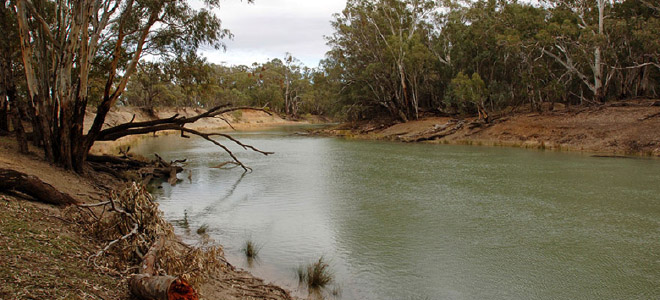
by Steve Vanderheiden
What can states do when their surface waters run short of the flows needed to satisfy water right schemes, and some valid claimants will need to be denied access? Such is a likely scenario under conditions in which climate change is expected to exacerbate the magnitude and frequency of drought seen across the American west in recent years. Australia and the Netherlands have each developed priority schemes for dealing with severe water shortages, identifying a hierarchy among water claims that supersedes systems governing allocation during normal flow periods.
The Dutch, who are renowned for their efficiency in managing both water surpluses and shortages, have developed an allocation scheme that recognizes the priority of some categories of water use over others, as well as among uses with those categories. Of highest priority are the Category 1 “water safety and prevention of irreversible damage” uses that include stability of the nation’s water defenses as the highest priority use, followed by subsidence of peat grounds and the prevention of irreversible damage to ecosystems. Since all three are non-extractive uses, the national legal recognition of this category as of highest value requires that some water be left within river basins even in cases of severe drought, prioritizing these to all extractive uses.
Category 2 “utilities” uses include the provision of drinking water first and production of energy second, except when “the supply of energy is not at risk,” in which case further energy production becomes a category 4 use under the scheme. In Category 3 are two “small-scale, high-quality” uses of water available after Category 1 and 2 uses are satisfied, including “sprinkling” of “crops that are threatened by a total crop failure” due to drought and where “a small amount of water could prevent major damage,” elevating it above general agricultural uses in Category 4, with all remaining uses relegated to Category 4, and with regional officials charged with determining priorities within the category. Remaining uses include major economic uses (shipping, industry, irrigation for agriculture, and fishing) as well as water recreation and environmental flows not involving irreversible damage.
The Dutch scheme reflects a prioritization for security and critical ecological interests within Category 1, basic human needs within Category 2, and higher and low value economic and recreational values in Categories 3 and 4, mirroring principles found in the natural resource justice literature. As such, it represents the most fully developed water allocation priority system for addressing water scarcity, albeit one for a region that is more accustomed to dealing with having too much rather than too little surface water, and within a water governance system that is quite different from U.S. riparian law.
Another innovative priority scheme has been developed in a system that more closely resembles the U.S. in terms of its system or water rights and recent experiences with severe drought. In response to recent severe drought conditions and in anticipation of further water shortages that exceed its ability to recognize historical water rights, Australia has adopted a rationing scheme that seeks to protect “critical human water needs” (CHWN), defined in terms of the “minimum amount of water needed to meet basic human needs.” Under the Murry-Darling Basin Plan, for example, New South Wales requires 61GL, Victoria requires 77GL, and South Australia requires 204GL to satisfy CHWN, trumping water right claims under Tier 2 “very low water availability” periods as well as Tier 3 “extreme and unprecedented conditions” for water quality or quantity. While not as developed as the Dutch category system, the prioritization of CHWN over routine legal water claims during drought periods represents an innovative reform designed to cope with environmental change through normative criteria that supersede and modify legal rights to water.
Elements of an ad hoc priority scheme began to develop under California’s recent drought and subsequent water emergency, in which municipal water districts faced mandatory reductions in use while rationing efforts did not require similar reductions from the state’s agricultural sector. However, these allocation decisions were not made in the deliberate manner and according to the priority principled used in developing the Dutch category scheme, and do not trigger mandatory “water sharing” responses capable of trumping water rights, as in Australia.
In anticipation of climate change placing increasing strain upon standard schemes of water rights in the future and of water allocation decisions becoming a key component of routine adaptation to such change, these innovative approaches to water governance offer instructive cases for how we in the American West might meet future water supply challenges. Along with an Australian water scientist and a Dutch philosopher and engineer, I am studying these two priority schemes for insights into how the value choices that they embody get identified and operationalized, as well as how various stakeholders are included in processes by which such schemes get developed and implemented. Our goals is to understand how water governance systems may adapt to water shortages while maintaining commitments to equitable, sustainable, and efficient water uses.
Photo above: The Murrumbidgee River near Hay in New South Wales. Credit: Arthur Mostead.



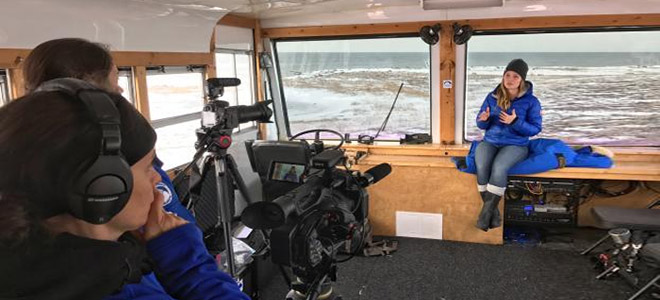
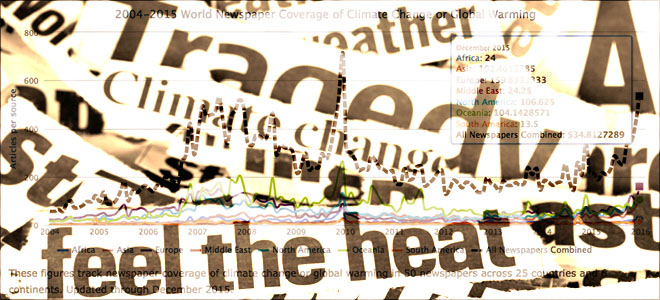
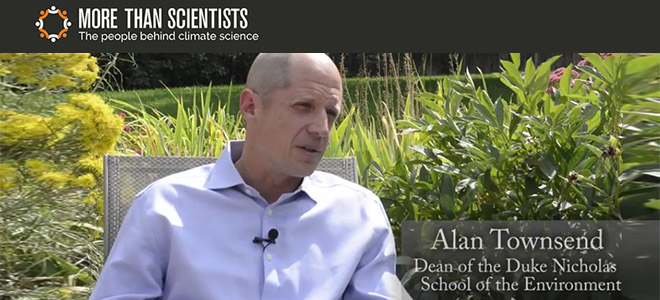
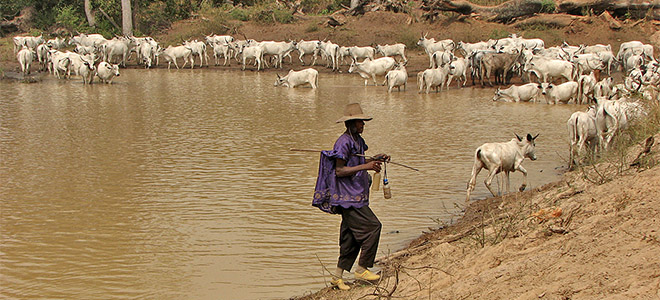
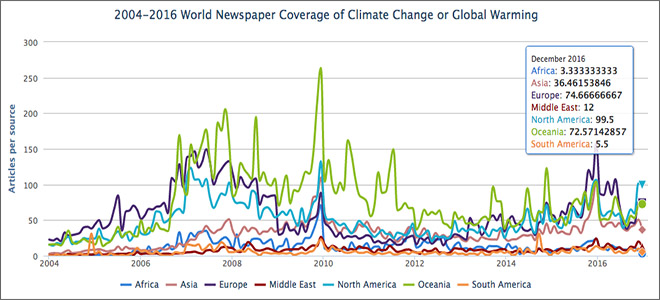



What’s Cooking in Ghana?
CSTPR research examines human behavior and cookstove use in West Africa
CIRES News
December 29, 2016
Close to half the world’s population cooks over an open fire every day. That’s hard on human health—people cooking over an open fire breathe in smoke and gases that can damage their lungs. Burning biomass is also bad for the environment, contributing to poor air quality and the production of black carbon, as well as deforestation. Making the transition to cleaner cooking practices is a process that intrigues Katie Dickinson, a research scientist with CIRES and the Center for Science and Technology Policy Research at CU Boulder, and a project scientist at the National Center for Atmospheric Research. Part of Dickinson’s work explores how people in the developing world make this shift, and she’s spent the past few years traveling back and forth to West Africa, to study the use of cookstoves in northern Ghana.
The question of what drives human behavior is one of the basic questions at the center of Dickinson’s research. “Our first project, which was from 2013 to 2016, studied 200 households in rural northern Ghana,” says Dickinson. “We gave them two different types of cookstoves and analyzed how much they liked them, and used them, and whether they prefered them to traditional cooking methods.” They found that while the participants liked the stoves and used them regularly, lowering exposure to some pollutants, most of the households also continued to cook over open fires. But their research does suggest that people in developing nations could see benefits to their health by using these improved cooking stoves. “Now,” says Dickinson, “What we want to do is see what some of the barriers are to adoption of these stoves.”
Her next project, which is just starting, is called “Prices, Peers and Perceptions: Improved Cookstove Research in Ghana.” Her team, which is working in close conjunction with the Navrongo Health Research Center, part of the Ghana Health Service, has funding from the National Science Foundation and other sources to understand why people choose to adopt new technology. And this project will also expand beyond just rural areas, where wood, crop residue and charcoal are the main fuel sources, to urban areas, where residents use charcoal and liquified petroleum gas.
She and her team will be studying three variables in particular: Price—how variations in the amount households are asked to pay for a stove affects whether people want or use these products; peers—whether having a neighbor with a stove influences purchase and use; and perceptions—how both the prices and the exposure to the new stoves via peers affect people’s perceptions of those stoves. “There are lots of dynamics between these three elements. We want to know what all three say about whether someone wants a new stove and if they stop using the old one,” explains Dickinson. Read more …